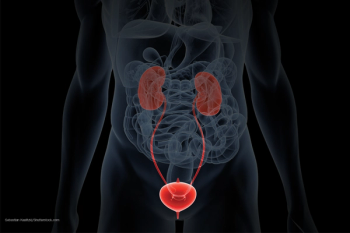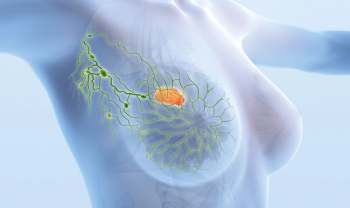
Many Are Reported, Few Are in Use: Translating Colorectal Cancer Biomarkers Into Practice
Many potential colorectal biomarkers are only studied once.
A remarkably low translation rate of 0.14% of colorectal cancer (CRC) biomarkers have been approved for patient care. The lack of approval and commercialization of CRC biomarkers might be due to a lack of follow-up research and the quality of journals where the findings are reported, according to a recent article in
CRC remains one of the leading causes of cancer-related deaths worldwide, yet early detection dramatically improves survival. In recent years, researchers have identified a growing number of molecular biomarkers with the potential to transform CRC screening and diagnosis. The challenge lies not in discovery but in translation, moving promising biomarkers from the laboratory into clinical practice.
Evidence demonstrates that early diagnosis significantly improves patient outcomes; however, only a few diagnostic CRC biomarkers are approved for use in global screening programs and supported by national guidelines in the United Kingdom and the United States. Despite their use, current screening tools like the stool fecal immunochemical test (FIT) have limitations, including low sensitivity and specificity (particularly for precancerous polyps) and poor patient acceptance. The high rate of emergency CRC diagnoses in the UK (29% of colon cancer and 10% of rectal cancer cases) underscores the need for more effective biomarkers.
After screening 32,000 papers, researchers identified 2,910 distinct diagnostic biomarkers for colorectal cancer that have been discovered and published in scientific literature. Of those, only four are currently approved for clinical use in patient care: FIT, the guaiac fecal occult blood test, methylated Septin 9/Epi proColon and FIT-DNA testing/Cologuard. This represents a translation rate of just 0.14%.
This "profoundly low rate of translation," as the study authors describe it, reveals a massive "translation gap" in the field. It highlights a gap between the volume of scientific discovery and its real-world medical application, where it can actually benefit patients.
One-offs
A primary reason so many potential breakthroughs never advance is that the vast majority are never studied more than once. The research found that an overwhelming 84.3% of the 2,906 "stalled" biomarkers have only ever appeared in a single published paper. Successful biomarkers had a significantly higher average publication frequency compared to the stalled group. Also, successful biomarkers were published in journals with a significantly higher median impact factor than stalled biomarkers.
This suggests a flaw in the academic ecosystem. The pressure is on novel findings because, as the study notes, "it remains easier to publish discovery studies, which may help maintain scientists’ grants and career progression." This creates a feedback loop where the less glamorous but critically important follow-up work, like external validation and cost-effectiveness analyses, is rarely performed.
Baggaley and her colleagues note, "This sets up a loop of continual biomarker discovery, without 'less glamorous' studies such as external reproducibility or decisional analysis being undertaken."
Without this rigorous follow-up, promising ideas stall at the first step, never gaining the momentum needed to move from the lab to the clinic.
Biomarkers such as circulating tumor DNA, microRNAs, and protein signatures offer the possibility of noninvasive, highly sensitive tests. Compared with traditional colonoscopy, these approaches could increase patient adherence to screening while reducing costs associated with late-stage treatment. For payers and providers, the appeal is clear: earlier detection means fewer advanced cases, lower treatment expenditures, and improved patient outcomes.
The researchers who identified this problem are also working on a solution. They have proposed a "biomarker toolkit," a tool designed to better identify and guide the most promising candidates forward. The toolkit comprises a series of checklist attributes that can be used to score biomarker research across several domains, including analytical validity, clinical validity and clinical utility. By providing a clearer, evidence-based roadmap, such tools aim to help candidates navigate the long road from the laboratory to life-saving clinical practice.
Newsletter
Get the latest industry news, event updates, and more from Managed healthcare Executive.

















































